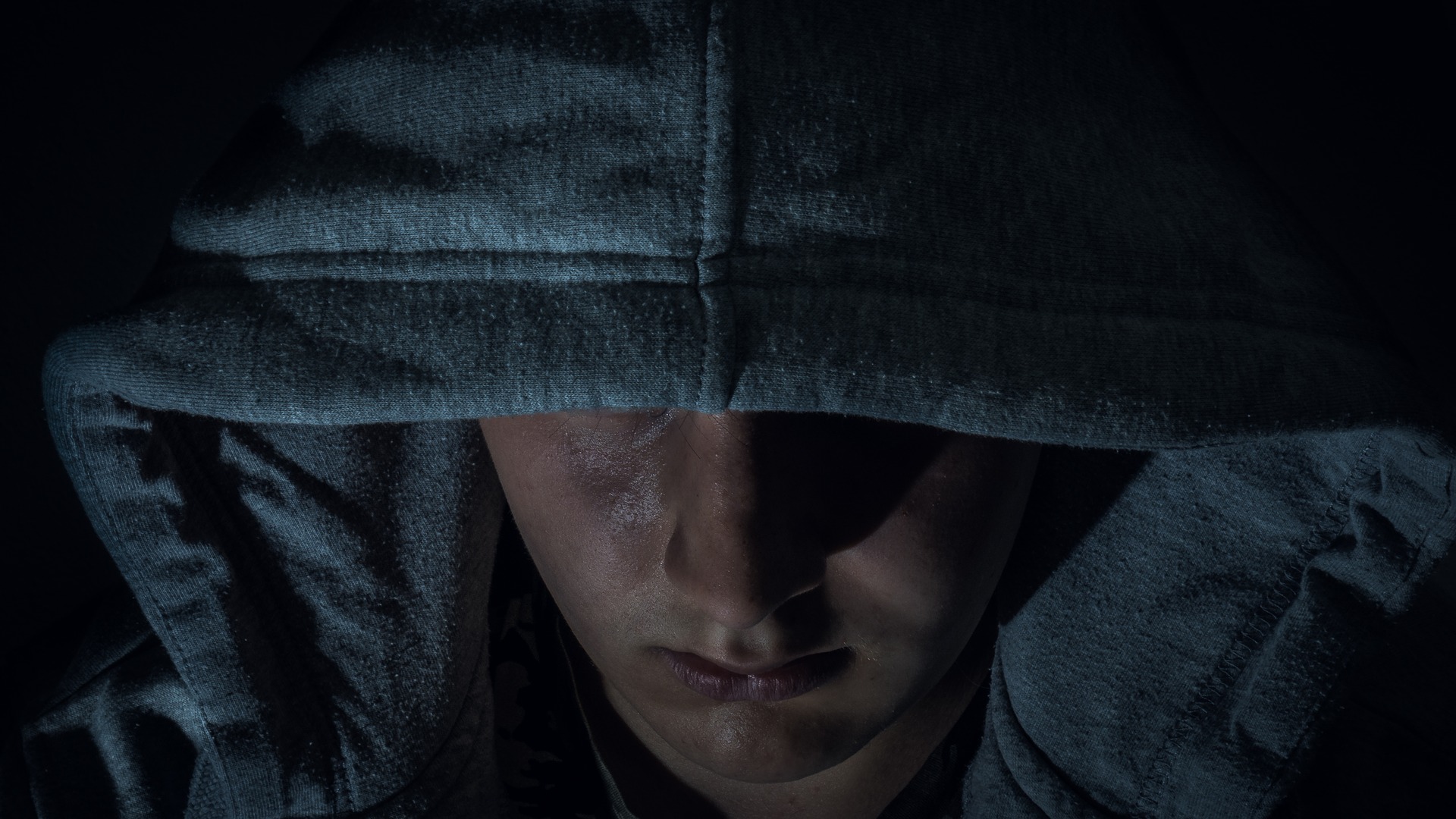
11 Oct Daylight Saving Time Reduces Crime Rates
In a recent study of the link between Daylight Saving Time (DST) and crime, the evidence demonstrates that the extra hour of daylight during the early evening of warmer months directly reduced certain crimes—particularly robberies, murders, and sexual assaults.
According to the Brookings Institute, the time shift is important in that most people leave for work and walk to their cars, buses, trains, and/or homes during the period between 5 and 8 p.m. Not only do people feel safer when walking in the light, but potential criminals know there is a greater likelihood they will be seen, recognized, and caught without the cover of darkness. Thus, the time of sunset does, in fact, reduce criminal opportunities.
Big Studies Confirm this Crime Reduction with Daylight Saving Time
In Doleac and Sanders’ (2015) Under the Cover of Darkness: How Ambient Light Influence Criminal Activity, published in the Review of Economics and Statistics, because the majority of street crime occurs between 5 and 8 p.m., the presence of more ambient—or natural—light during this high-crime enables victims and witnesses to obtain a better look at perpetrators and, subsequently, provide better identification information to authorities. Even though most criminals don’t perform a cost-benefit analysis prior to offending, it does appear that the fear of being seen and identified is one job hazard that criminals seem to pay attention to.
...the fear of being seen and identified is one job hazard that criminals seem to pay attention to.
In this study, the researchers found that, according to 2007 data from the Federal Bureau of Investigation’s (FBI) National Incident-Based Reporting System (NIBS) and Uniform Crime Reports (UCR), following the annual shift to DST, the incidence of robberies during the extra evening hour dropped by nearly 27 percent, and this decrease remained consistent even after accounting for differences in day of the week, weather differences, and crime levels. Further, this decrease equated to, on average, a seven percent decrease in robbery rates over the entire day. They also found a 43 percent reduction in murder and 56 percent drop in rape during the extra hour of evening daylight.
Extra Morning Darkness had no Impact
Further, the extra hour of darkness in the morning did not impact morning robbery rates, nor did it lend any credence to those who asserted that children walking to school or waiting for the school bus would be more susceptible to being abducted. In other words, offenders did not merely reallocate their crimes to a different part of the day as evidenced by overall reductions in daily crime totals during DST. However, DST did not have any effect in reducing burglaries, automobile theft, or fraud offenses.
Huge Economic impact
Economists estimate that a single robbery costs society around $42,000 and a rape as much as $250,000 in terms of local, state, and federal law enforcement and other criminal justice spending. Additional direct and indirect costs to victims, insurance companies, employers, and the government increase this number dramatically. In fact, Doleac and Sanders calculated that the 2007 Congress-imposed three-week spring DST extension resulted in a $246 million savings—or a $12 million savings per hour of extra ambient light. When you consider that this figure was only for a three-week period, if DST was, in fact, extended, economic benefits could be astronomical.
So, what next?
By adopting a year-round DST schedule where we maintain that extra hour of evening ambient light, not only will people who are out and about during that time feel safer, but the evidence demonstrates a significant decrease in certain violent crimes as well as substantial, related cost savings in terms of medical and psychological care, insurance, lost work, and lost revenue.
No Comments